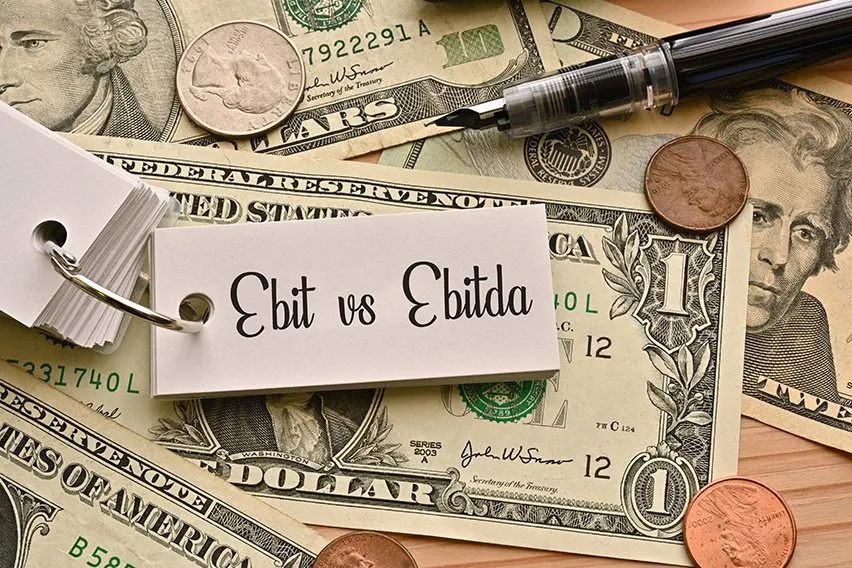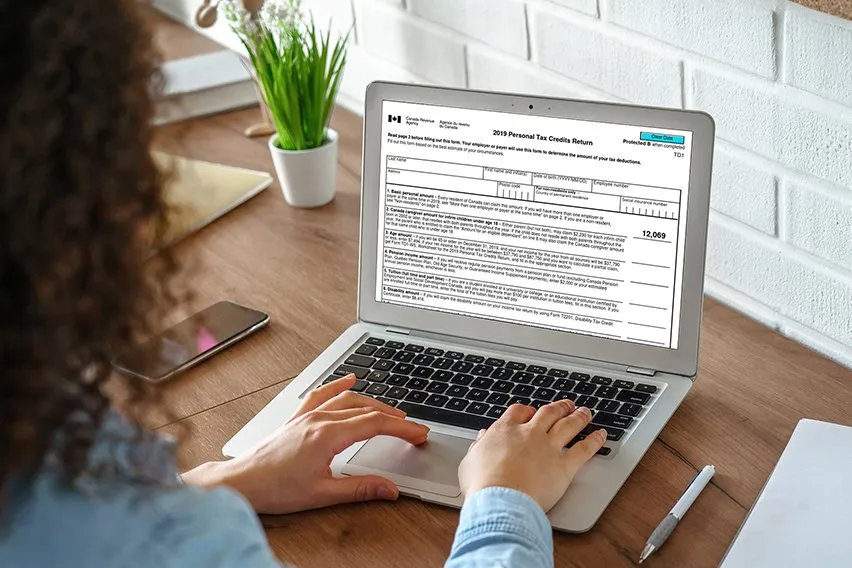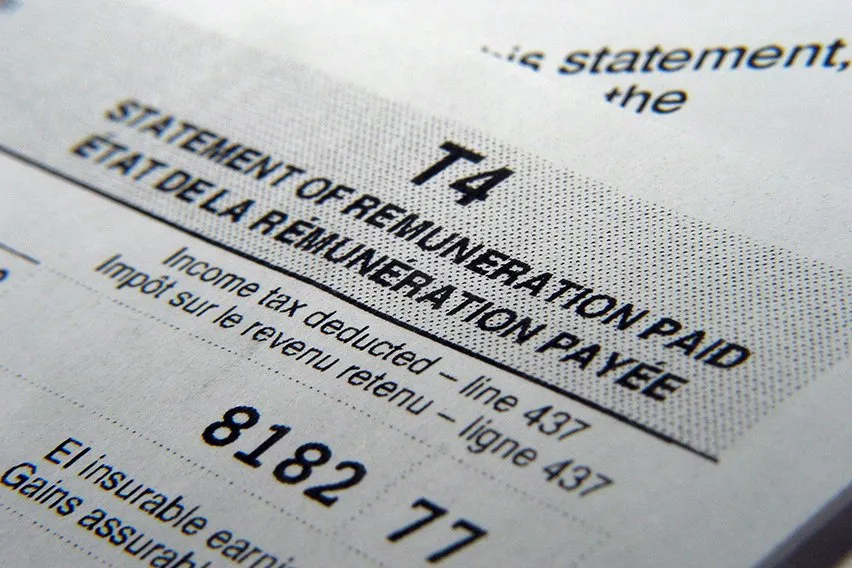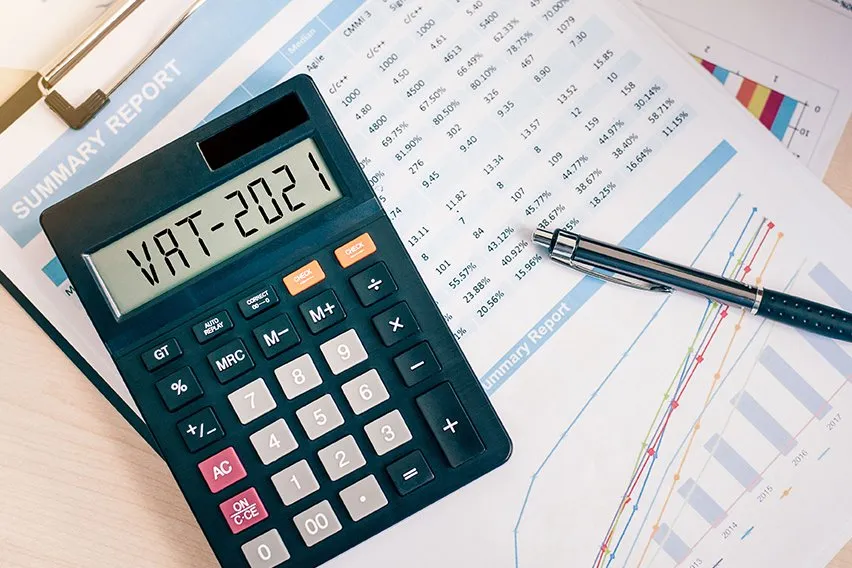EBIT vs EBITDA: What’s the Difference?

Businesses largely use EBIT and EBITDA to measure their operating profitability. Based on these acronyms alone, it’s clear that they share similarities. But we need to take a closer look at both to fully understand them and what they offer.
Here’s What We’ll Cover:
EBIT vs EBITDA: Key Differences
What Is EBIT?
EBIT is an acronym for Earnings Before Interest and Taxes. As such, it’s a common measurement of a company’s profitability. And as its name implies, EBIT is your business’s net income minus taxes or debt. While it’s true that debt and taxes are capital expenditures that affect your company, they aren’t generated by your core operation.
So by removing debt and taxes from the equation, you can use EBIT to see your company’s true profitability. This is essential in understanding how your company makes money and where.
You can find the information you need to calculate your EBIT on your income statement. This is also known as the income or profit and loss statement. It is a way to view your business’s capital expenditures and income in a given period of time (often three months).

You might presently use a spreadsheet to track this information. But as your business grows, this can be challenging, time-consuming, and inaccurate. Thus, you should use accounting software like FreshBooks instead.
FreshBooks makes it easy to track expenses and manage other important aspects of your business. What’s more, it integrates into your company seamlessly and effortlessly. And in doing so, you will gain better control over things like payroll, inventory, and HR management.
Calculating EBIT
There are a couple of different ways that you can calculate EBIT for your business. The first one we want to look at involves starting with your net income. You then add back taxes you have paid and interest expenses. Thus, the formula is as follows:
Net income + interest + taxes = EBIT
The second one involves your operating expenses according to GAAP, as seen in the formula below:
Operating expenses – COGS – sales revenue = EBIT
As a measure of operating profit, both EBIT formulas serve to eliminate debt and taxes. Therefore, it strictly shows your business’s operating profits. This is true regardless of your company’s tax jurisdiction or capital structure.
Many business owners use EBIT to show investors their profitability and to gain a picture of how competitive they are. EBIT also provides analytical metrics for analysts and investors. They can compare operations under different capital structures or in different tax jurisdictions.
It’s worth pointing out that EBIT can sometimes be misleading since it excludes debt and taxes. But EBIT is only one way to measure a business’s financial health. Let’s look at another metric that will provide even more financial data.
What Is EBITDA?
EBITDA is an acronym for Earnings Before Interest, Taxes, Depreciation & Amortization. As you can see, this method likewise excludes interest and taxes. However, it also excludes depreciation and amortization.
Depreciation is a technique used in accounting that is applied to fixed tangible assets like machinery. Amortization expenses, on the other hand, concerns intangible assets, like patents, for example. Neither are capital expenditures and thus have no effect on liquidity.
Using EBITDA is a good way to compare your financial performance with your competitors. Since you can’t see other company’s depreciation or amortization, EBITDA serves to provide you with an estimation of how you compare.
Please note that EBITDA doesn’t factor in working capital. Therefore, EBITDA doesn’t equal GAAP-approved metrics on operating cash flow.
Calculating EBITDA
As with calculating EBIT, there are a couple of ways to calculate EBITDA. The first one once again starts with your net operating income. You then add back your interest and taxes, just like with EBIT. But here, you also want to add back your amortization and depreciation. Therefore:
Net income + interest + taxes + amortization + depreciation = EBITDA
When using your financial statements to calculate EBITDA, you can find your taxes and interest in your income statement. As far as amortization and depreciation, they are usually listed separately. If they’re not on your income statement, check your cash flow statement.
If you still can’t locate them, they could be bundled with your operating expenses. This data is typically found notated in your accounts.
The second formula we want to look at involves starting with EBIT. Once you have figured out EBIT, simply add amortization and depreciation. Therefore:
EBIT + amortization + depreciation = EBITDA
EBITDA serves to remove your asset base and financing costs, as well as your tax liability. Some experts believe that when you remove your non-operating costs, you gain a more accurate view of profitability.
As such, you may be able to see your operation’s ability to produce steady cash flow. If you are a highly leveraged company, EBITDA might be the best metric for determining your profitability. With depreciation and amortization included, such companies may suffer lower bottom lines.
EBIT vs EBITDA: Key Differences
Let’s examine how EBIT & EBITDA differ. This will assist you in choosing the right one for your business.
EBIT
- Excludes only your taxes and interest
- Includes depreciation and amortization
- Profit measurement based on business operations
- Used by businesses with good profits
- Misleading strength in terms of resilience
EBITDA
- Excludes taxes, interest, amortization, and depreciation
- No non-cash expenses (amortization and depreciation)
- Ideal for companies with debt-financed fixed assets
- Misleading in terms of cash health
If you are a business owner with a solid measure of operating profit, EBIT may be the best option for you. But if you are a business owner with a lot of assets financed by debt, you may want to choose EBITDA.

Which Is Better?
This depends on the type of company you own. As stated above, most companies with lots of investments in debt-backed assets prefer to use EBITDA. Still, EBITDA remains the more popular option by a wide margin due to its exclusion of amortization and depreciation.
But it’s important to remember that neither EBIT or EBITDA gives a clear picture of profitability. Therefore, you will need to employ other metrics if you want to ensure that you see true, accurate profitability.
Key Takeaways
As we mentioned earlier, accounting software is recommended if you want to simplify your accounting efforts. This is especially true if you are a larger organization or your company is growing. With FreshBooks, you will have everything you need to assist you.
FreshBooks lets you create client invoices, track bookkeeping, and offers essential accounting tools. You no longer have to limit yourself to a simple balance sheet. FreshBooks takes care of those needs and so much more. And don’t forget to visit our Resource Hub for more fundamental business tips.
RELATED ARTICLES

 TD1 Form: Learn Everything You Need To Know
TD1 Form: Learn Everything You Need To Know What Is a GST/HST Return?
What Is a GST/HST Return? T4 Slip: What Is It and How Do You Get Yours?
T4 Slip: What Is It and How Do You Get Yours? What Is VAT (Value-Added Tax) & How to Calculate It?
What Is VAT (Value-Added Tax) & How to Calculate It? What Is HST (Harmonized Sales Tax)?
What Is HST (Harmonized Sales Tax)? What Is GST Refund & How to Get It
What Is GST Refund & How to Get It